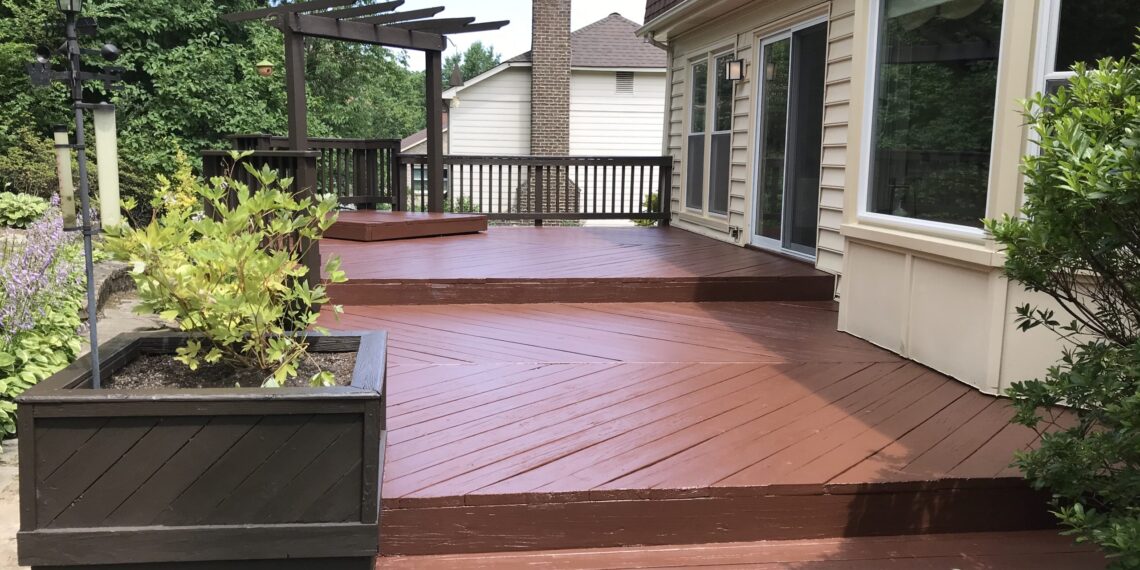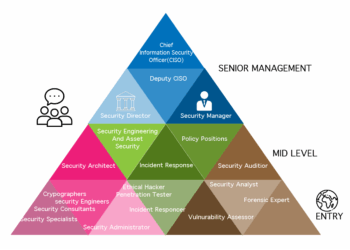Delving into The Ultimate Guide to Trex Decking: Installation Costs and Benefits, this introduction immerses readers in a unique and compelling narrative, with a casual formal language style that is both engaging and thought-provoking from the very first sentence.
Explore the world of Trex decking as we uncover its benefits, installation process, cost analysis, environmental impact, and maintenance tips.
Introduction to Trex Decking
Trex decking is a type of composite decking made from a combination of wood fibers and recycled plastic. It offers a low-maintenance alternative to traditional wood decking with added durability and resistance to rot, mold, and insects.
Brief History of Trex Decking
Trex decking was introduced in the mid-1990s as an innovative and eco-friendly decking option. It quickly gained popularity due to its long-lasting performance and sustainable materials.
Types of Trex Decking Available
- Trex Transcend: A premium option with a high-performance shell that resists fading, staining, scratching, and mold.
- Trex Enhance: A mid-range choice with a natural wood look and enhanced durability for everyday use.
- Trex Select: An affordable option that still provides the benefits of composite decking, including low maintenance and longevity.
Installation Process
When it comes to installing Trex decking, the process is quite straightforward and can be completed by following a few key steps. In this section, we will Artikel the steps involved, discuss the tools and materials required, and compare the installation process of Trex decking to traditional wood decking.
Steps for Installing Trex Decking
- Prepare the deck frame: Ensure the deck frame is structurally sound and level before proceeding with installation.
- Install the starter clips: Begin by installing starter clips along the outer edge of the deck frame to provide a secure base for the decking boards.
- Place the first deck board: Start by placing the first Trex decking board onto the starter clips, ensuring it is properly aligned and secured.
- Continue with additional boards: Add more decking boards, using hidden fasteners or screws to secure them in place.
- Trim the edges: Trim any excess overhang on the deck boards to ensure a clean and uniform finish.
- Complete with finishing touches: Add any finishing touches, such as railings or stairs, to complete the installation process.
Tools and Materials Required
- Tools: Common tools needed for Trex decking installation include a saw, drill, measuring tape, level, and hammer.
- Materials: In addition to Trex decking boards, you will need starter clips, hidden fasteners or screws, and any additional accessories for a polished look.
Comparison to Traditional Wood Decking
- Installation time: Trex decking typically requires less installation time compared to traditional wood decking, thanks to its innovative design and fastening systems.
- Maintenance: Trex decking is known for its low maintenance requirements, eliminating the need for staining, sealing, or painting that is often required with wood decking.
- Durability: Trex decking is highly durable and resistant to rot, mold, and insects, offering a longer lifespan compared to wood decking.
Cost Analysis
When it comes to Trex decking installation, it's important to consider the various cost factors involved. From materials to labor costs, understanding the overall expenses can help you make an informed decision. Let's break down the cost analysis associated with Trex decking installation and explore how it compares to other decking materials.
Cost Factors for Trex Decking Installation
- Material Costs: Trex decking materials can vary in price depending on the style and quality you choose. It's essential to factor in the cost of the actual boards, railings, and any additional components needed for the installation.
- Labor Costs: Hiring professionals for the installation can add to the overall expense. Labor costs may vary based on the complexity of the project, location, and the experience of the contractors.
- Maintenance Costs: One of the advantages of Trex decking is its low maintenance requirements. While initial costs may be higher than traditional wood decking, the long-term savings on maintenance and repairs can make Trex a cost-effective choice.
Comparing Trex Decking Costs to Other Materials
- Wood Decking: While the initial cost of wood decking may be lower than Trex, the long-term maintenance costs can add up significantly. Trex decking, on the other hand, offers durability and resistance to rot, insects, and fading, reducing the need for frequent upkeep.
- Composite Decking: Similar to Trex, composite decking materials provide a low-maintenance alternative to wood. However, Trex decking is known for its high-performance quality and eco-friendly manufacturing process, which may justify a slightly higher initial investment.
Long-Term Cost Benefits of Choosing Trex Decking
- Durability: Trex decking is designed to withstand harsh weather conditions, fading, and staining, ensuring a longer lifespan compared to traditional wood decking.
- Sustainability: Trex decking is made from recycled materials, contributing to a more sustainable and eco-friendly choice for your outdoor living space.
- Resale Value: Investing in Trex decking can increase the overall value of your home, as potential buyers are often attracted to the low-maintenance and long-lasting features of composite decking.
Environmental Impact
When it comes to environmental impact, Trex decking stands out for its eco-friendly features and contributions to sustainability.
Eco-Friendly Aspects of Trex Decking
- Trex decking is made from 95% recycled materials, including reclaimed wood and plastic film.
- By using recycled materials, Trex helps reduce the amount of waste sent to landfills.
- Unlike traditional wood decking, Trex does not require chemical treatments for maintenance, reducing harmful chemicals leaching into the environment.
Contribution to Sustainability
- Due to its durability and long lifespan, Trex decking reduces the need for frequent replacements, saving natural resources in the long run.
- Being resistant to rot, mold, and insects, Trex decking eliminates the need for chemical treatments that can harm the environment.
- Trex decking's low maintenance requirements also contribute to sustainability by reducing the use of water, chemicals, and energy for upkeep.
Certifications and Awards
- Trex decking has received certifications from leading environmental organizations, such as the Forest Stewardship Council (FSC) and the Sustainable Forestry Initiative (SFI).
- Recognized for its commitment to sustainability, Trex decking has won awards for eco-friendly practices and innovative use of recycled materials.
Maintenance and Durability
When it comes to Trex decking, maintenance and durability are key factors to consider for long-term enjoyment of your outdoor living space.
Tips for Maintaining Trex Decking
- Regularly sweep off leaves, dirt, and debris to prevent mold and mildew buildup.
- Use a mild soap and water solution to clean any spills or stains promptly.
- Avoid using metal shovels or sharp tools that can scratch the surface of the decking.
- Inspect and tighten any loose fasteners or boards to ensure stability.
Comparison of Durability
Compared to traditional wood decking, Trex decking is extremely durable and resistant to rot, mold, and insects. It does not require staining, sealing, or painting like wood, making it a low-maintenance option for outdoor spaces. Additionally, Trex decking is more fade-resistant than wood, ensuring that your deck will look great for years to come.
Warranty and Lifespan
Trex decking comes with a 25-year limited residential warranty, guaranteeing that your deck will maintain its structural integrity and appearance for years. With proper maintenance and care, Trex decking can last upwards of 25-30 years, providing a long-lasting and sustainable outdoor living solution.
Last Point
In conclusion, The Ultimate Guide to Trex Decking: Installation Costs and Benefits encapsulates the essence of this versatile decking option, providing insight into its advantages and considerations for potential users.
FAQ Compilation
What are the different types of Trex decking available?
Trex offers various lines of decking, including Transcend, Select, and Enhance, each with unique features and price points.
How does the cost of installing Trex decking compare to other materials?
While initial costs may be higher for Trex decking, the long-term benefits in terms of maintenance and durability often outweigh the upfront expenses.
What certifications or awards are related to Trex decking's environmental impact?
Trex decking has received recognition for its eco-friendly attributes, including awards for sustainability and contributions to environmental conservation.
How does the warranty and lifespan of Trex decking compare to other materials?
Trex decking typically comes with a long warranty period and has a longer lifespan compared to traditional wood decking, making it a durable and reliable choice.






